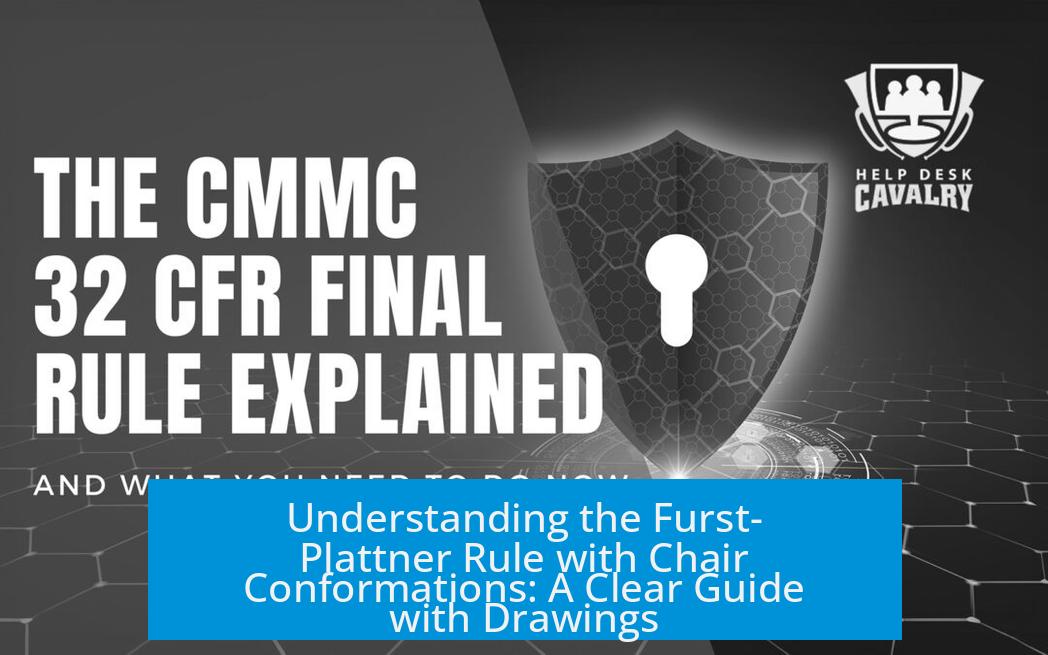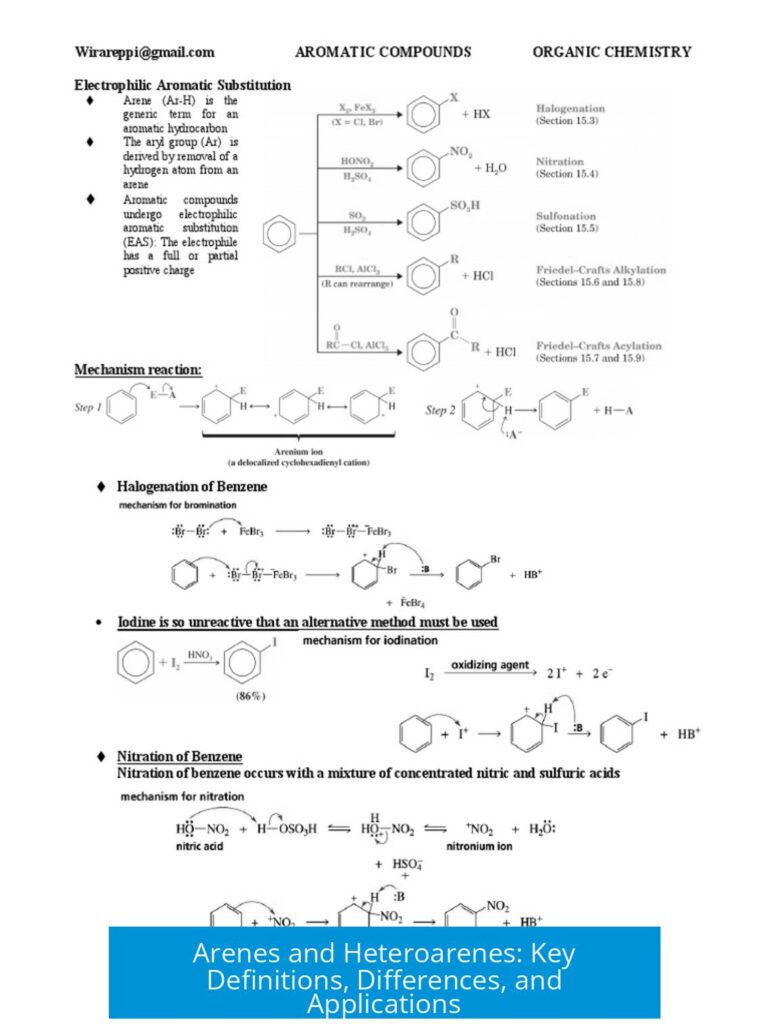Understanding the Furst-Plattner Rule with Chair Conformations

The Furst-Plattner rule explains the stereochemical outcome of nucleophilic attack on cyclohexane rings, predicting that an axial attack leads to chair conformations, while equatorial attack results in higher-energy intermediates such as twist boats.
Starting from the Half-Chair Conformation
Begin by visualizing cyclohexane in a half-chair conformation. This intermediate shape helps track substituent movement during the reaction.
Imagine two groups on the ring colored red and blue. These groups move in specific ways as the ring flips or reacts.
Attack Direction and Conformational Outcome
- Attack from the left face disrupts the ring’s stability, yielding a twist boat conformation. This intermediate is higher in energy and less stable.
- Attack from the right face proceeds smoothly, producing a chair conformation, which is more stable and favorable.
This reflects the idea that axial nucleophilic attack pushes the ring towards the most stable chair form. Equatorial attack, however, leads to intermediates like twist boats, which have higher energy due to ring strain and unfavorable interactions.
Visualizing the Transitions
| Conformation | Substituent Movement | Resulting Intermediate |
|---|---|---|
| Half-chair starting point | Red and blue groups move as the ring rearranges | Starting conformation |
| Left face attack | Forces the ring into twist boat | Unstable intermediate |
| Right face attack | Leads to stable chair conformation | Preferred product |
Tracking these shifts requires understanding ring conformations and the effect of nucleophilic attack on stereochemistry.
Key Points on the Furst-Plattner Rule
- Axial nucleophilic attack favors formation of chair conformations.
- Equatorial attack often leads to less stable twist boat intermediates.
- The ring flips through half-chair intermediates showing substituent movement.
- The rule connects conformational stability with reaction pathways on cyclohexane rings.
In essence, the Furst-Plattner rule guides chemists in predicting product stereochemistry in cyclohexane nucleophilic substitutions using chair and half-chair conformations as references.
What does the Furst-Plattner rule predict about nucleophilic attack on cyclohexane rings?
The rule states that nucleophilic attack on axial positions leads to chair conformations. Attack on equatorial positions tends to give twist boat intermediates, which are less stable. This difference affects the final product’s stability.
How do chair and twist boat conformations relate to the Furst-Plattner rule?
The rule shows that attack from one face forms a stable chair conformation. Attack from the opposite face yields a higher energy twist boat intermediate. This outcome depends on the face where the nucleophile attacks the cyclohexane ring.
Why start with the half-chair conformation to explain the Furst-Plattner rule?
The half-chair allows clear visualization of substituent movements (like red and blue groups). It helps trace how these groups shift during nucleophilic attack and subsequent ring flips, linking conformational changes to the rule’s predictions.
Can diagrams in chair conformations help clarify the Furst-Plattner rule?
Yes. Drawings showing red and blue groups moving help track substituent positions during the attack. They illustrate how the nucleophile direction leads to either the chair or twist boat form, making the rule easier to understand visually.
How does the nucleophile’s direction influence the cyclohexane conformation after attack?
Attack from the right face generally leads to the stable chair product. Attack from the left face forces the ring into a twist boat, a less stable intermediate. This directional preference explains the conformational outcome predicted by the rule.





Leave a Comment